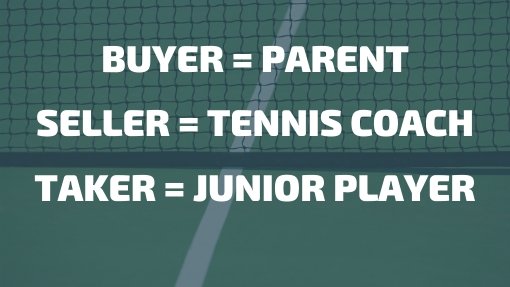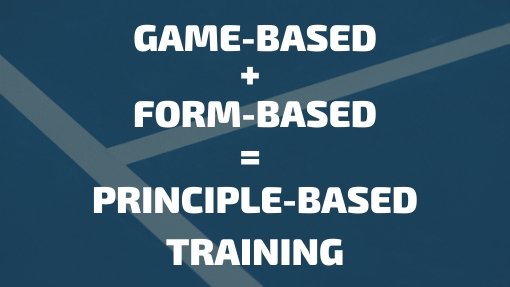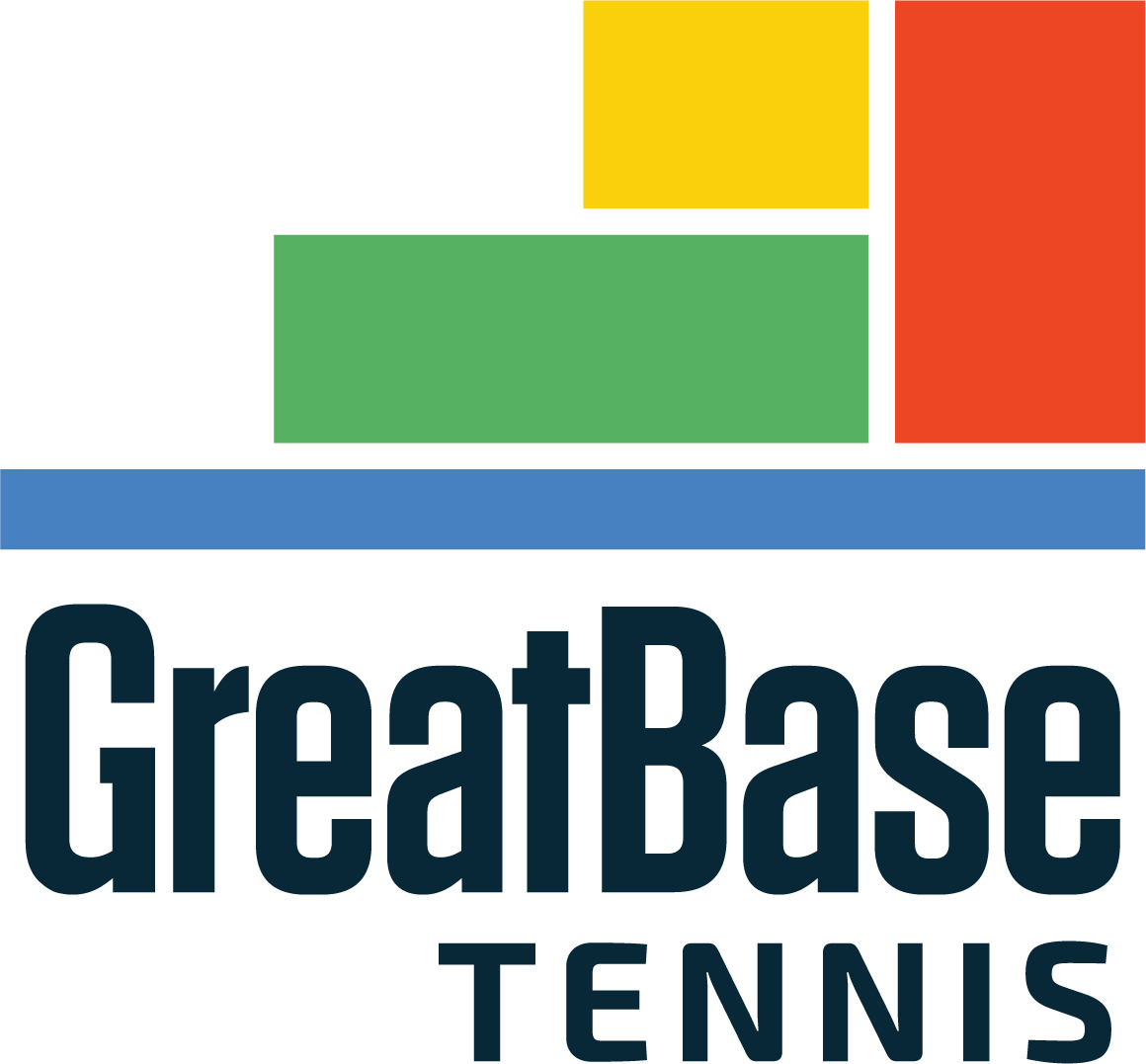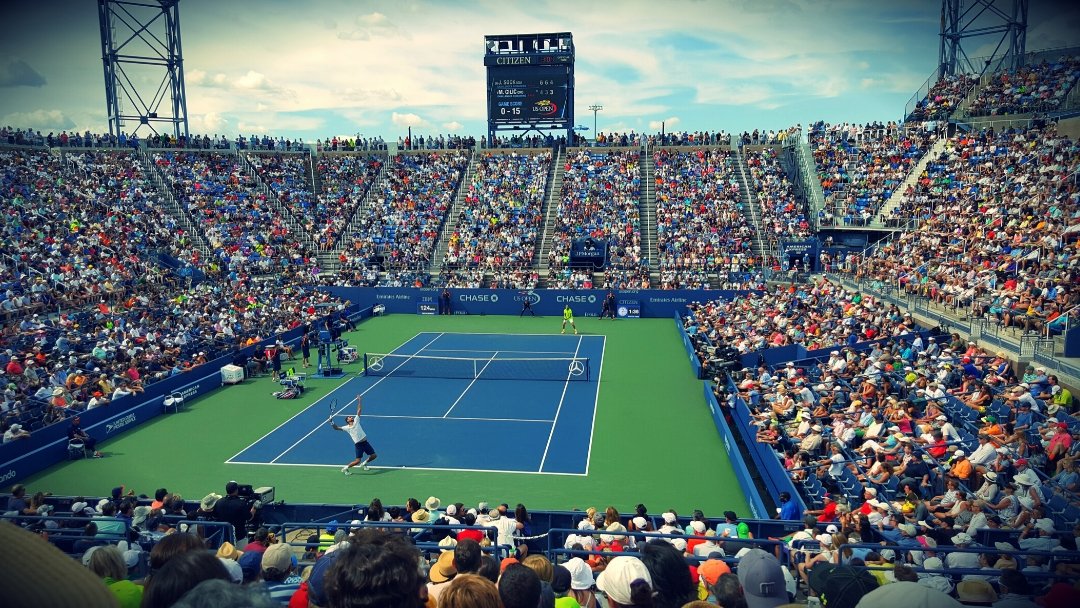One short answer would be juniors switch coaches so often because pros do. Juniors do copy pros.
A longer answer would be the role of the ‘buyer’, the ‘seller’ and the ‘taker’. The buyer is the parent(s). The ‘seller’ is the tennis coach. The ‘taker’ is the junior tennis player. Yes, as always, there are exceptions to the rule, but this is how the typical scenario plays out:
The buyer (parent) has no idea what they are buying. They are writing checks with little or no experience and little or no tennis knowledge. The buyer is an under-educated consumer. The seller (coach) knows what they are selling, and it is not tennis development. They are selling credibility and credibility is not product knowledge. Credibility means you are believable, not necessarily truthful. To be truthful as a tennis educator, one would need information.
Teaching is information transfer. Unlike the buyer (parent), the seller (coach) has experience. But the seller generally does not have an abundance of tennis knowledge. Actually, it is a tragedy how little product knowledge the seller usually has. The seller is a street entrepreneur. If the seller were selling cars, he could convince you that if you bought a car without tires you would save on air.
The taker (junior player) just takes. They take private lessons, groups, clinics, camps as well as one-on-one fitness sessions. The junior player, like the parent, has little or no experience and little or no tennis knowledge. Of course, the junior player, like the parent, gains experience the longer they are in tennis. But seldom do they truly gain tennis knowledge because the seller does not have it. Note: If there were such a thing as product knowledge, the product, which in this case is tennis, would have to be produced. Players would have to have serves, volleys, specialty shots and the list goes on. Players would have complete games and be a ‘finished player’; which used to mean that you can play all over the court and finish a point at the net.

Back to the buyer (parent). The parent is going down a path for the first time. Siblings are usually close enough in age that their tennis path with coaching is the same as their brothers and or sisters. The parent is going down a path that they have not been down before and with no directions. The parent usually can only rely on their opinion or the opinion of others, on how to evaluate a coach, but the method in most cases has little or no merit because their judgment is usually not based on fact. Coaches generally are 98% people skills and 2% product knowledge. The parent loves personality. The upbeat, cheerleading coach that is full of optimism, has pockets full of money. Back to the seller (coach). The coach knows their customer is both the buyer (parent) and the taker (junior player). The coach knows the parent is their kid’s number one fan and fan is short for fanatical. The parent may not be crazy, but there is definitely emotion involved. Often the parent wants their kid to be happy and this is one of many red flags. Usually, it is the kid with competitive goals who often change coaches. Bill Cosby’s statement, “I do not know the key to success but I know the key to failure, make everybody happy”, applies because parents and players choose what they like, what they want, and not what they need.
Close to a decade goes by before the parent figures out junior development. By this time their kid is neurologically hard-wired with poor technique and limited tactical options. Through the process, the parent becomes frustrated because their kid is frustrated. Simply put, the kid is not getting better. If lucky, the parent may come across a true teacher of the game as a coach, but unfortunately, the parent becomes impatient. Developing a fundamentally sound game is like watching grass grow, it takes huge amounts of time. So, the bopping and shopping on almost all fronts begins. Back to the taker (junior player).
“Developing a fundamentally sound game is like watching grass grow, it takes huge amounts of time.”
steve smith
The junior player typically becomes empowered and entitled. They formulate their own opinion on what they want and it is the ‘fast food, instant gratification, I want it and I want it now’ attitude. Players want to be successful. Success is a delayed gratification process. Becoming an accomplished player is a marathon, not a sprint. It is a decade of 10,000 plus hours just to become a respectful college player. But the junior wants to find a shortcut. There is no shortcut but the entrepreneurial coach presents a shortcut through their program. And the parent writes the check.
The junior wants to be treated like they are advanced and be accelerated through the ‘run and gun’ approach. I can tell you from experience that the juniors typically do not want to do the basic boring routines with daily dosages of repetitive drills to hone their skills.
At training sessions I conduct for parents and players, I always tease that I have been fired by hundreds of kids under the age of twelve. The seller (coach) kills the kid with kindness. The only good lesson is a repeat lesson. The motto is ‘bring them back’. Parents should know that with most coaches, coaching is about money not coaching. But the parent figures it out when it is too late. The junior player does not end up burned out, they are frustrated, which is misdiagnosed as burn out. The kid is bummed out. They spend four hours a day practicing but start to plateau. They have hit a wall because the proper foundation for development was not put in place. Now the tennis-teaching industry is entrenched in a concept called ‘game-based’ approach. There is some positive merit to creating situational, match simulated drills. One would not want to just have ‘form-based’ training. A combination of both is called ‘principal training.’ The problem is that the parent and the junior player want games and not form, which suits the coach who cannot teach proper form anyway. So long periods of time go by.

By the time a parent and junior stumble upon a coach that will skill test, film and chart the kid and be honest with them, it is too late. It is now a matter of letting the kid go with what they have because it is so, so, so difficult to de-program and then re-program the brain to be more efficient.
It is no secret that each year there is a long list of veteran junior players with impressive national junior backgrounds at top universities that have to play at the bottom of their line-ups and only play singles because they were never trained to go to the net.
Just because the program has great players does not mean it has great instruction. Even at the grassroots level, kids are recruited and given a ‘backroom deal’ by the coach. Parents and players think that one improves merely by playing against better players. Parents and players need to take a lesson from the great-late John Wooden. The legendary basketball coach had so many thought-provoking quips. One great one is, ‘don’t mistake activity for learning’. Parents and players often will call a drill session a great lesson. For it to be a lesson, learning has to take place.
“Don’t mistake activity for learning.”
John wooden
Parents should ask a coach how they learned to coach and who their mentors were. They should ask how long they have coached, who they have coached and how long they have coached the players they are currently working with. Vic Braden always has said, look for the kid with the least amount of ability, the one who buys the ice cream cone and puts it in his forehead. If that kid has respectable ball striking skills, then the coach can coach.
So, don’t fall for the trap of the smooth-talking recruiter. Look long and hard for a developer. Parents should ask about filming sessions. Parents are far too often worried about the student-teacher ratios and who’s in their kid’s group.
Parents should seek a system, an organized plan to make sure that improvement is taking place. Accountability and competency are key. There are so many ways to measure improvement. It is sad when the parent, player and coach are just looking at the win-loss record and or the ranking. Tennis is about the acquisition of skills. Find a coach who can teach skills and stay the course. A coach should not be possessive. A coach should be open to work with other coaches and have the inner circle of their player be open to outside input. Parents should be upfront with the coach and periodically have a meeting to assess the overall growth and development of the player’s game and character. When parents and players become upset with a coach, there is a good chance the coach is right. The parents and players are usually too quick to jump ship. The parents should at least give the problem 24 hours to settle before they address it. Most parents will find other parents that are singing the same song of criticism.
Coach swapping becomes like musical chairs. It is a merry-go-round. The parent, based on various day-to-day circumstances, can only go so far down the road to find a new coach. It is unlikely the parent goes on a national search for another coach. The next coach is right around the corner. The grass is not usually any greener on the other side. But parents and players seek out someone who will tell them what they want to hear and give them what they want. When the new coach does not work out, if they live in a densely populated area, the parent can easily find another coach
To make an understatement, it is next to impossible to develop players in Tampa because the consumer is so confused with so many coaches to choose from. In the small town, you have the theory of isolation and you have sufficient or at least more time to coach a player.
But the question would be if he were to start to coach would his interest be passion or paycheck. Parents look hard and long for a coach who truly cares about your kid, other kids and the welfare of the game. Far too many coaches are just parasites living off the game.
One has to be trained to teach. The consumer should know that in the U.S. it takes a day, and a hundred dollars or two, to be certified and approximately half of the people teaching tennis are not certified.


